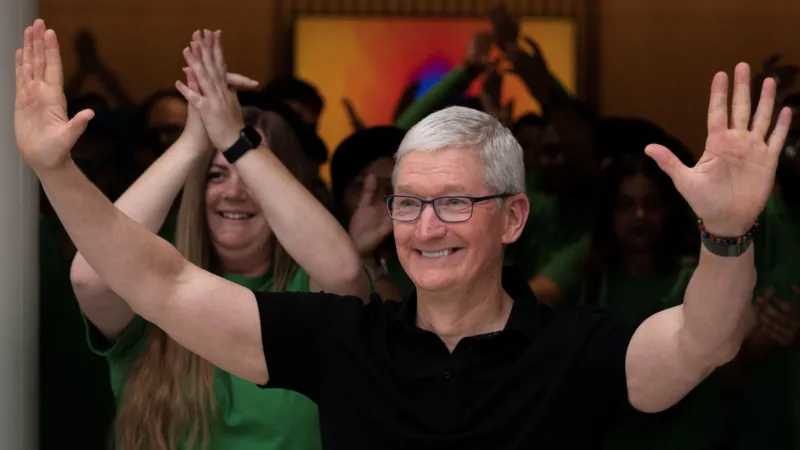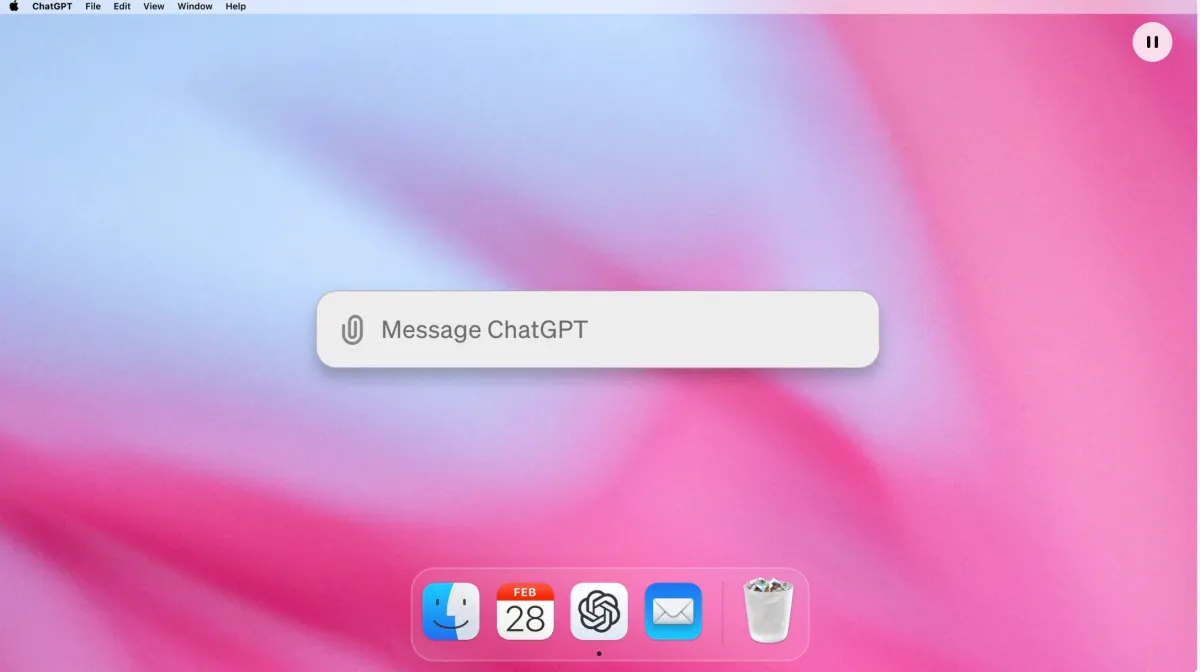
Post By : 2025-05-19T18:43:53"
Apple boosts India's factory hopes - but a US-China deal could derail plans"
ust as India showed flickers of progress toward its long-held dream of becoming the world's factory, Washington and Beijing announced a trade "reset" that could derail Delhi's ambitions to replace China as the global manufacturing hub.
Last week, Trump's tariffs on China dropped overnight - from 145% to 30%, vs 27% for India - as the two sides thrashed out an agreement in Switzerland.
As a result, there's a chance manufacturing investment that was moving from China to India could either "stall" or "head back", feels Ajay Srivastava of the Delhi-based think tank, Global Trade Research Institute (GTRI).
"India's low-cost assembly lines may survive, but value-added growth is in danger."
The change in sentiment stands in sharp relief to the exuberance in Delhi last month when Apple indicated that it was shifting most of its production of iPhones headed to the US from China to India.
That may well still happen, even though US President Donald Trump revealed that he had told Apple CEO Tim Cook not to build in India because it was "one of the highest tariff nations in the world".
"India is well positioned to be an alternative to China as a supplier of goods to the US in the immediate term," Shilan Shah, an economist with Capital Economics, wrote in an investor note before the deal was announced. He pointed out that 40% of India's exports to the US were "similar to those exported by China".
There were early signs that Indian exporters were already stepping in to fill the gap left by Chinese producers. New export orders surged to a 14-year high, according to a recent survey of Indian manufacturers.
Nomura, a Japanese broking house, also pointed to growing "anecdotal evidence" of India emerging as a winner from "trade diversion and supply-chain shift in low and mid-tech manufacturing" particularly in sectors like electronics, textiles and toys.
Advertisement
"








